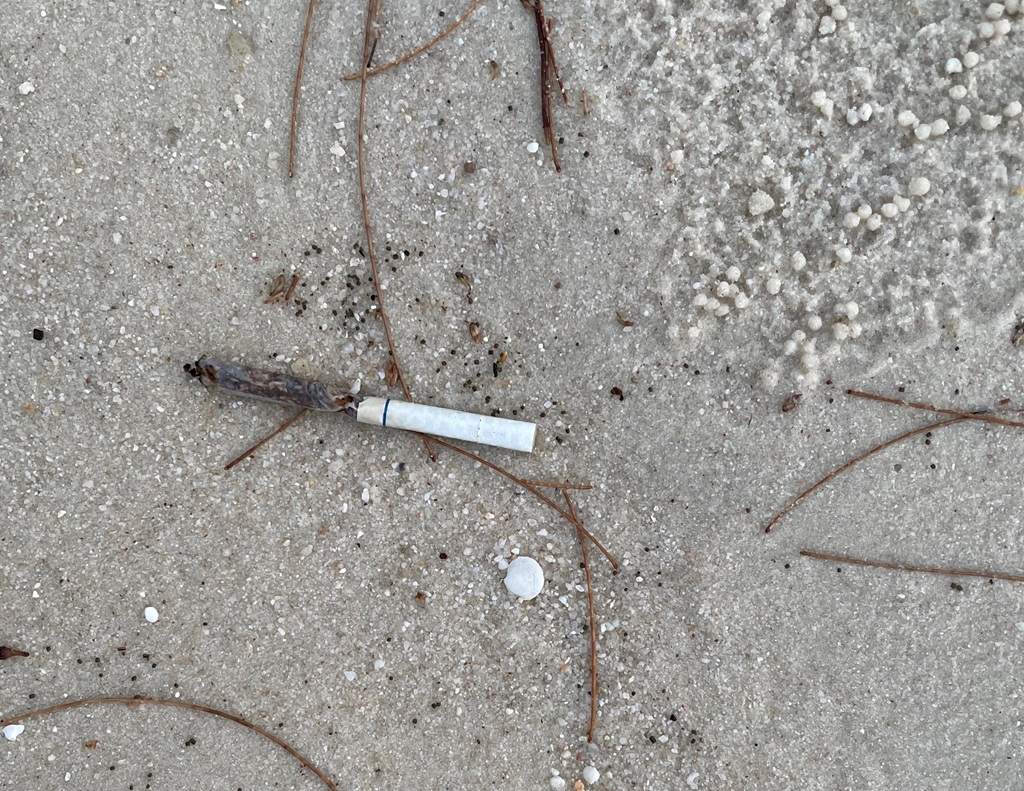The harmful impact of the tobacco industry on the environment is vast and growing, adding unnecessary pressure to our planet’s already scarce resources and fragile ecosystems.
Tobacco kills over 8 million people every year worldwide and over 15,000 people annually here in Cambodia. It also destroys our environment, further harming human health, through the tobacco cultivation, production, distribution processes, as well as consumption, and post-consumer waste such as cigarette butts.
As such, this year’s World No Tobacco Day (WNTD) theme focuses on the many ways in which tobacco threatens the environment in which we live, as well as our health.
The 2022 global campaign by WHO and public health champions around the world aims to raise public awareness about the environmental impact of the entire tobacco cycle, from its cultivation, production, and distribution to the toxic waste it generates. The campaign also aims to expose the tobacco industry’s effort to greenwash its reputation and to make its products more appealing by marketing them as environmentally friendly.
Here in Cambodia, WHO has supported the Royal Government to accelerate pre-pandemic efforts to ensure a safer tourism environment through expansion of smoke-free hospitality.
Smoke-Free Environment in the Tourism Sector - Cambodia (SFET-Cambodia) is a working group made up of professionals from both the health and tourism sectors. SFET-Cambodia raises awareness about the negative health and environmental impacts of tobacco and tobacco use and promotes smoke-free tourism initiatives through various activities including education, capacity building and the implementation of an awards program.

SFE award in tourism sector 15 Feb 2022.
© Ministry of Tourism
Promoting smoke-free tourism helps to protect hospitality workers, visitors, and the local environment from dangerous second-hand smoke and poisonous tobacco product waste.
Tobacco smoke contains 7,000 chemicals, of which several are known to cause cancer, as well as three kinds of greenhouse gases: carbon dioxide, methane and nitrous oxides. Over 1 million people die every year from exposure to second-hand smoke. Many of these chemicals also linger in the residue that’s left behind on surfaces, and this is commonly called “third-hand smoke”. All of this can be especially harmful to infants and children.
We all often see cigarette butts in the street, in parks and at beaches. In fact, cigarette butts are one of the most littered waste products worldwide. This is dangerous, because hazardous substances in cigarette butts include arsenic, lead, nicotine and formaldehyde and these substances are leached from discarded butts into soil water.

Tobacco waste can poison our environment.
© WHO/Luisa Ryan
SFET-Cambodia has engaged nearly 950 tourism and hospitality businesses in 21 provinces through monitoring and assessment activities; and awarded 473 businesses with Smoke-Free Environment in Tourism Awards. With support from the World Health Organization, SFET-Cambodia has built the tourism sector capacity to promote compliance with smoke-free laws and policies in 15 provinces.
Promoting of smoke free environments is one small but important step to recognizing and then curtailing the harmful effects of tobacco production and use, not only on our health, but on the health of our planet.

Smoke Free Tourism supports our health, and the health of our beautiful environment.
© WHO/Luisa Ryan
